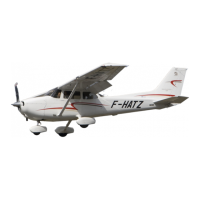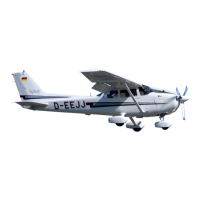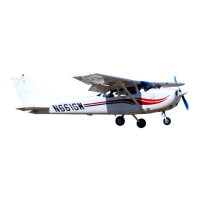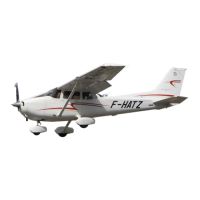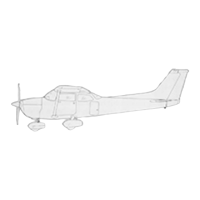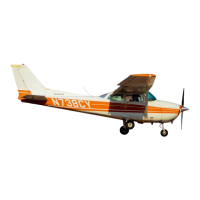CESSNA
MODEL 172S NAV
III
SECTION 9 - SUPPLEMENTS
SUPPLEMENT 7
NORMAL PROCEDURES (CONTINUED)
ADF OPERATION NOTES:
ERRONEOUS ADF BEARING DUE
TO
RADIO FREQUENCY
PHENOMENA:
In
the U.S., the FCC, which assigns
AM
radio frequencies, occasionally
will assign the same frequency to more than one station
in
an
area.
Certain conditions, such as Night Effect, may cause signals from such
stations to overlap. This should
be
taken into consideration when using
AM
broadcast stations for navigation.
Sunspots and atmospheric phenomena may occasionally distort
reception so that signals from two stations
on
the same frequency will
overlap. For this reason, it is always wise to make positive identification
of
the station being tuned, by switching the function selector to ANT
and listening for station call letters.
ELECTRICAL STORMS:
In
the vicinity
of
electrical storms,
an
ADF indicator pointer tends to
swing from the station tuned toward the center
of
the storm.
NIGHT EFFECT:
This
is
a disturbance particularly strong just after sunset and just after
dawn.
An
ADF indicator pointer may swing erratically at these times. If
possible, tune to the most powerful station at the lowest frequency. If
this is not possible, take the average
of
pointer oscillations to determine
station bearing.
MOUNTAIN EFFECT:
Radio waves reflecting from the surface of mountains may cause the
pointer to fluctuate or show an erroneous bearing. This should
be
taken
into account when taking bearings over mountainous terrain.
COASTAL REFRACTION:
Radio waves may
be
refracted when passing from land to sea or when
moving parallel to the coastline. This also should
be
taken into account.
FM
APPROVED
172SPHAUS-S7-00
U.8.
87-11
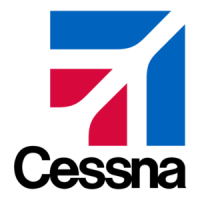
